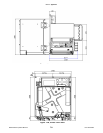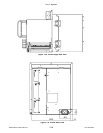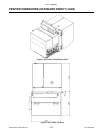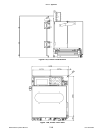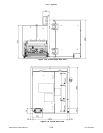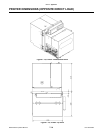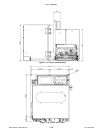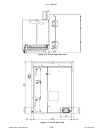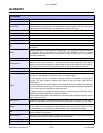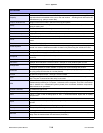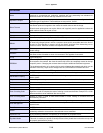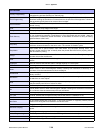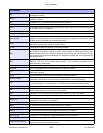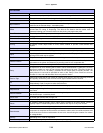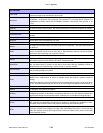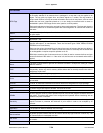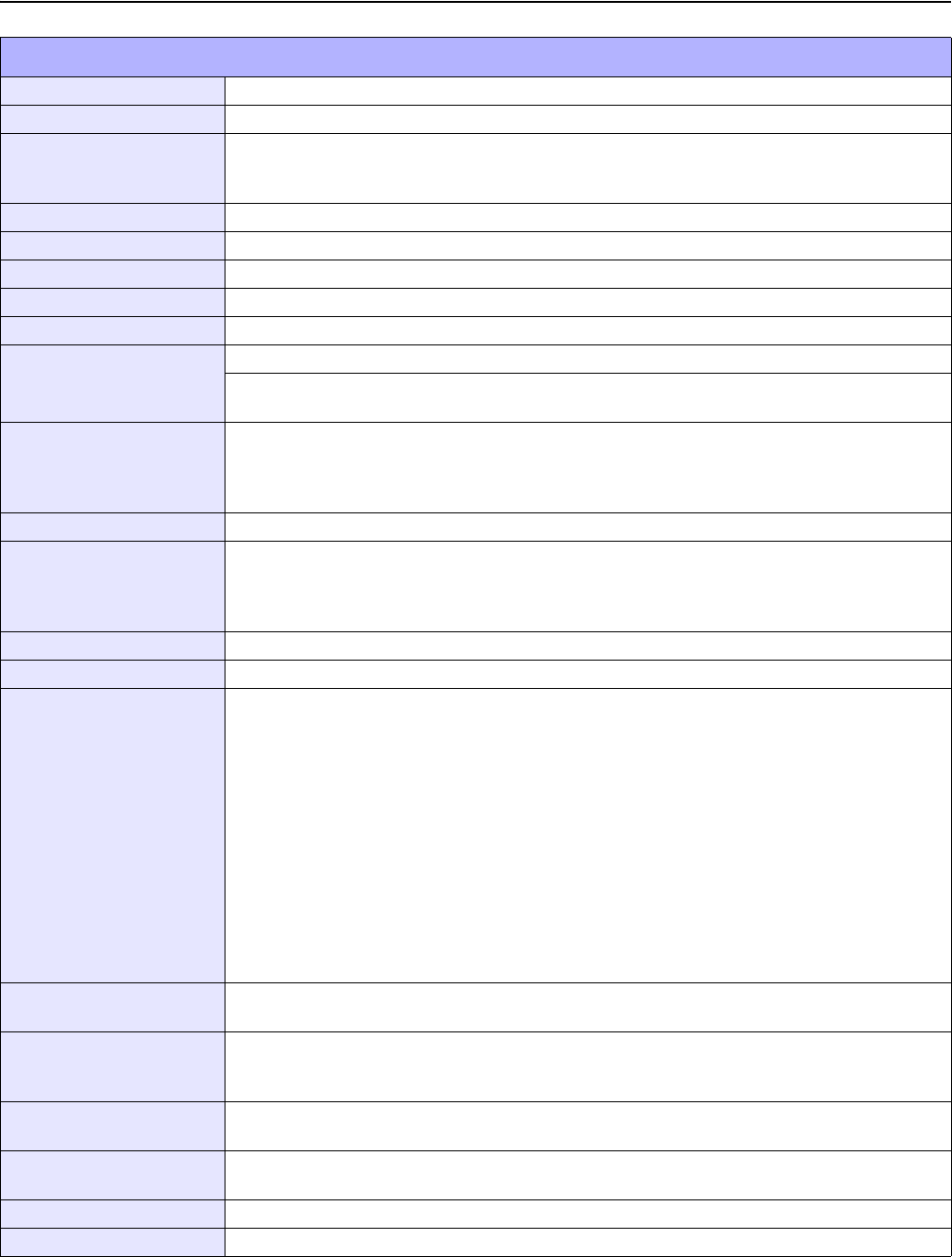
Unit 7: Appendix
S8400 Series Operator Manual
7-17 PN: 9001160B
GLOSSARY
GLOSSARY
AC (Alternating Current) Electrical current that reverses its direction regularly and continually.
Accessory An optional assembly that may be used to provide an additional function.
Active Tags
RFID tags which use batteries as partial or complete source of power which are further
differentiated by separating them into those with replaceable batteries and those which have
the batteries inside a sealed unit. Also referred to as Utilized Active Tags.
Addressability The ability to address bits, fields, files, or other portions of the storage in an RFID tag.
Advance To bring forward - the opposite of retract.
Allen Screw A screw whose head has a hexagonal recess to be driven by an allen wrench.
Aluminum A silvery, light-weight, metal that resists corrosion.
Anti-Static Resists static electricity.
Arc
A bow-like curved line or object.
The band of sparks between to closely placed electrodes when current leaps the gap from one
to the other.
ASCII
(American Standard Code for Information Interchange) The most common format for text files
in computers and on the internet. In a ASCII file, each alphabetic, numeric, or special
character is represented with a 7-bit binary number (a string of seven 0s or 1s). 128 possible
characters are defined.
Assembly The fitting together of parts, components, or sub-assemblies to form a complete unit.
Asynchronous
A type of two-way communication that occurs with a time delay, allowing participants to
respond at their own convenience. This communication allows characters to be sent at
irregular intervals by preceding each character with a start bit and following it with a stop bit.
The timing of the transmission is not determined by the timing of the previous character.
Audible A sound loud enough to be heard.
Batch A grouping of anything.
Baud
The number of signaling elements that occur each second; or stated differently, the number of
changes to the transmission media per second in a modulated signal.
At slow speeds, one bit of information (signaling element) is encoded in each electrical
change. The baud therefore, indicates the number of bits per second (bps) that are
transmitted.
Assuming asynchronous communication, which requires 10 bits per character, this translates
to 30 characters per second (cps). For slow rates, (below 1200 baud), the baud can be divided
by 10 to see how many characters per second are sent.
At higher speeds, it is possible to encode more than 1 bit in each electrical change. Thusly,
4800 baud may allow 9600 bits to be sent each second.
At high data transfer speeds, data transmission rates are usually expressed in bits per second
(bps) rather than baud.
Bi-Directional
Capable of operating in two directions along the same plane or medium. In the case a
communication cable or an RFID tag, one that transmits as well as receives, read and written.
Binary
A numeral system that represents numeric values using two symbols, typically 0 and 1. A
binary number can be represented by any sequence of bits (binary digits), which in turn may
be represented by any mechanism capable of being in two mutually exclusive states.
Bits
Refers to a single digit in the binary numeral system. A bit can either be on or off - a 1 or 0. A
byte is a collection of eight bits.
Block Diagram
Shows the interconnections between system components by using a pictorial representation of
a system and sub-systems linked to illustrate their relationships.
Bolt A threaded metal rod with a flanged head that is used with a nut to hold parts together.
Bore A hole in, or through something.



